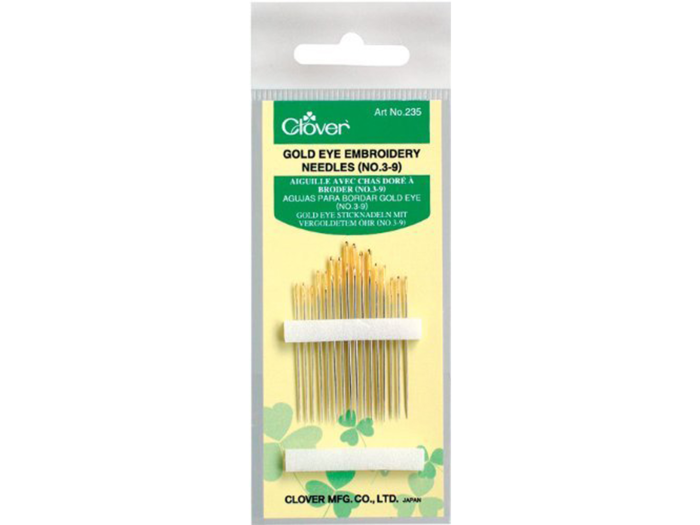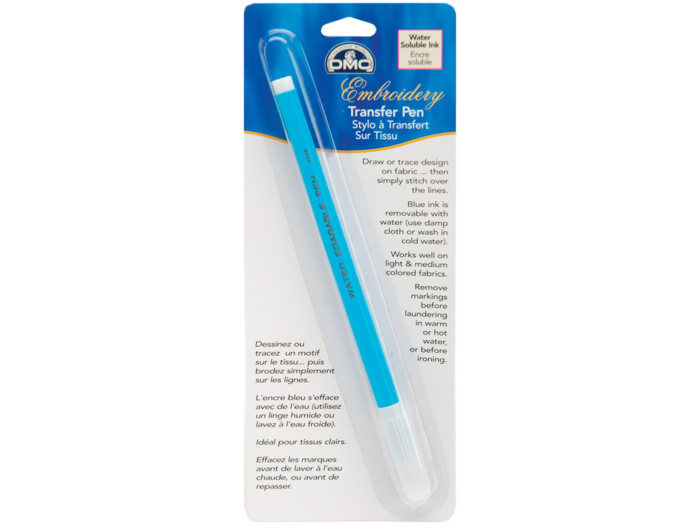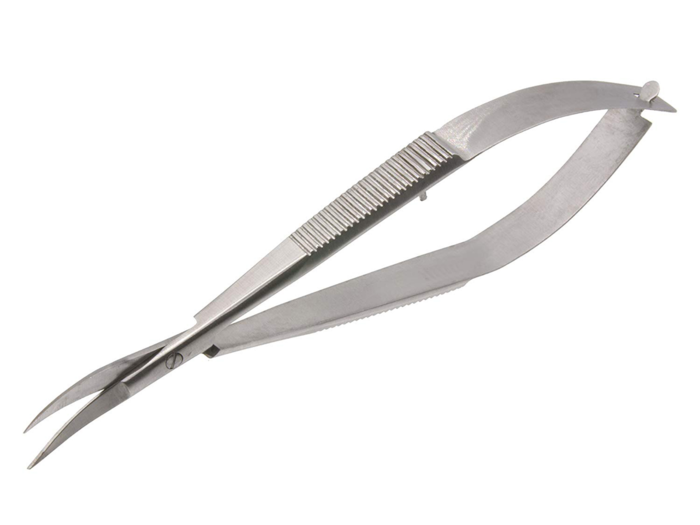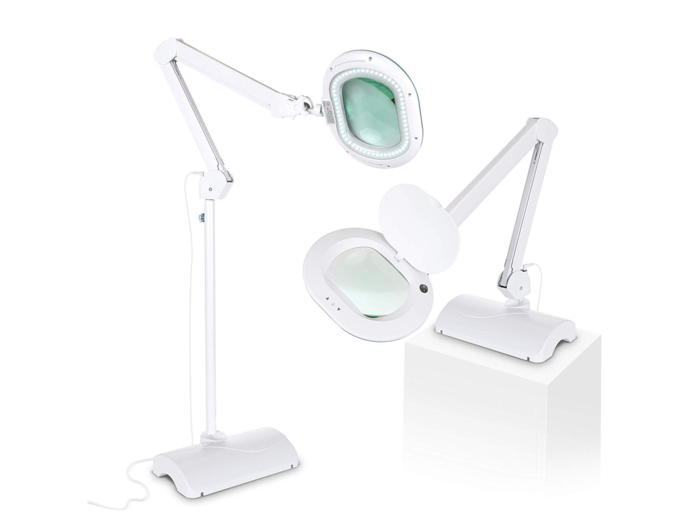- Home
- slideshows
- miscellaneous
- The best embroidery tools you can buy
The best embroidery tools you can buy
The best embroidery hoops

The best embroidery needles

Just as there's a lid that fits every pot, there's a needle that fits every thread. And whether you are doing delicate single-strand-silk-floss or ribbon embroidery, the needles in a pack of Clover Embroidery Needles will serve you well. These are sharp-pointed needles that will easily pierce the background fabric.
If you are following an embroidery pattern, a specific-size needle is usually suggested. There is nothing more frustrating than trying to thread a needle that is too small for the floss you are using. Even if you get it done, the floss will not glide smoothly through the needle and will leave your stitches uneven. On the other hand, if you use a needle that is too large, it may leave visible holes in your fabric. This is why it's so important to use the correct needle size. The rule of thumb is that the thickness of the needle should match the thickness of the floss or yarn.
The Clover pack of 16 needles includes two needles each in sizes 3 to 7 and three needles each in sizes 8 and 9. Having extra needles is very handy when you are using multiple colors of thread so they can be ready to go when needed. Every needle has an extra-long eye for easier threading.
These needles are sturdy with a tiny bit of flexibility. I have never had one break.
Pros: Sturdy, easy to thread, seven sizes, large needle eyes, smooth metal does not snag
Cons: If you don't need smaller needles, opt for another set of only large-size Clover needles
The best embroidery markers

Unless you are using a prestamped kit as a guide for your embroidery, it is much easier to draw or trace the outline of the design onto the fabric as a stitching guide. Even with kits, you may want to add some personalization like a name or date. However, you don't want others to see your markings when the piece is finished. That's why you must have a DMC U1539 Embroidery Transfer Pen, Blue or DMC U1540 White Embroidery Transfer Pencil.
Before I discovered these tools, I would try to use a pencil, pen, or carbon paper to transfer designs to fabric. No matter how hard I tried to cover every line, some still showed through the stitching or appeared on the edges of the stitches. Washing out the ink or pencil marks was a nightmare, especially if the thread wasn't colorfast and I got dye-bleeding. Even on dark-colored backgrounds, if I used chalk, the lines would get rubbed off and disappear before I could use them.
With these transfer tools (blue for light-colored fabrics and white pencil for dark-colored backgrounds), I have no issues. The ink is nonpermanent and can be removed with just a damp cloth and cold water, and the pencil marks can be removed from dark colors the same way. I've used the blue pen for at least five projects, and I've used the white pencil for even more since it comes with its own sharpener to keep the lines thin and crisp. Both types of marks came out of the fabric well even when I was slow to complete the projects after several months.
Some Amazon reviewers found that the pencil didn't mark darkly enough or the tip broke as they drew the design, but I haven't had issues with mine and still think it's the best choice around.
Pros: Transfer marks wash out of embroidery fabric with just a damp cloth, white pencil comes with a sharpener for crisp lines
Cons: Blue transfer pen tip is medium-point and not as suitable for delicate designs
The best embroidery scissors

During every embroidery project, there will be a need to snip away extra thread or cut floss into a usable length. With Kretzer ECO Embroidery Scissors, the tasks are simple thanks to their unique design.
I know you've seen delicate embroidery scissors with tiny little loops to slip your fingers through. Yes, they look lovely, but they can be so hard to use. This tool is actually a thread snip with all of the features of embroidery scissors. The 4.5-inch long curved blades help you get close to the base of the thread, and the sharp points make clean, crisp cuts. There are no loops for fingers, just grooved or corrugated handles for an easy grip that you squeeze and snip and then they reopen automatically for the next task.
While the ECO Embroidery Scissors are not large enough to cut through heavy fabrics, I have used them to cut lightweight pieces to be appliquéd to other fabrics. I've been using mine for several years, and they are still very sharp. I actually have several pairs because I keep one with my sewing machine to cut threads.
Pros: Sharp, curved stainless steel blades for ease in cutting thread close to the fabric; no small loops for fingers
Cons: Blades don't lock, no safety guard
The best light for embroidery

When doing delicate embroidery, eyes can grow tired and make mistakes when creating masterpieces in dim light. The Brightech Lightview Pro XL Magnifying Glass will provide enhancement of tiny work along with cool white illumination with daylight accuracy.
When you want to sort colors of floss, thread needles, and see details clearly, you need a bright light that is not affected by the color misrepresentation of incandescent or fluorescent bulbs. This lamp provides white light and has a 2.25x magnification lens (6 inches wide, 4.5 inches long) made of heat- and scratch-resistant glass.
Equipped with an adjustable pole, the lamp can be used as a freestanding or tabletop model. The lighted magnification head is fully adjustable. The lamp can also be used as an over-the-shoulder light source without having to use the magnifying glass. A less expensive clip-on model for work tables is also available.
I love mine because, at around 30 pounds, the lamp base is sturdy enough to prevent tipping. The LED lights have a built-in dimmer, don't generate heat, and are guaranteed to last for 100,000 hours. I've had mine for quite some time, and it's still going strong. I use it for embroidery, reading, and all types of crafting.
Pros: Solidly built, adjustable height, true white light, 2.5x magnification, money-back guarantee
Cons: Only comes in white, the lens can cause distortion for some users
Popular Right Now
Popular Keywords
Advertisement